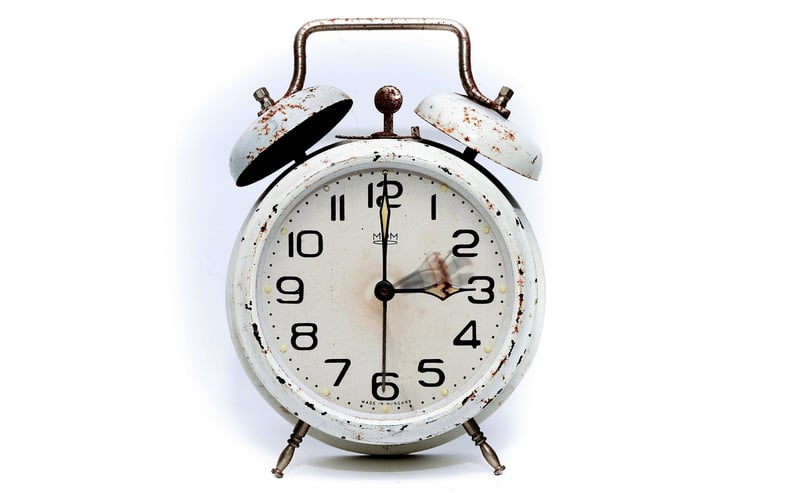Temporal Shifts
Understanding Timelines and Temporal Shifts
Time travel, alternate realities, and temporal shifts have long fascinated human imagination, prompting countless works of fiction and scientific speculation. Let's delve into the intriguing concepts of timelines and temporal shifts.
What are Timelines?
Timelines represent the chronological sequence of events in a particular universe or reality. Each decision or action branches off into different timelines, creating a branching structure of possibilities.
Types of Timelines
- Linear Timelines: Follow a single path of events from past to present to future.
- Parallel Timelines: Exist simultaneously, showcasing different outcomes based on choices made.
- Cyclical Timelines: Events repeat in a loop, often in a predictable pattern.
Temporal Shifts
Temporal shifts occur when an individual or object moves across different points in time, disrupting the normal flow of events. This phenomenon can lead to alterations in history and the creation of alternate realities.
Implications of Temporal Shifts
Temporal shifts can have profound consequences, such as:
- Changing the course of history
- Creating paradoxes where cause and effect become intertwined
- Exploring "what-if" scenarios and alternate futures
Time Travel in Popular Culture
From classic works like H.G. Wells' "The Time Machine" to modern blockbusters like "Back to the Future" and "Doctor Who," time travel has been a staple in popular culture, captivating audiences with its endless possibilities.
Conclusion
Timelines and temporal shifts offer a fascinating glimpse into the complexities of time and space, challenging our perceptions of reality and the concept of cause and effect. Whether in science fiction or theoretical physics, the exploration of these concepts continues to spark curiosity and inspire creativity.

Explore the infinite possibilities of timelines and temporal shifts, and unlock the mysteries of the universe.
